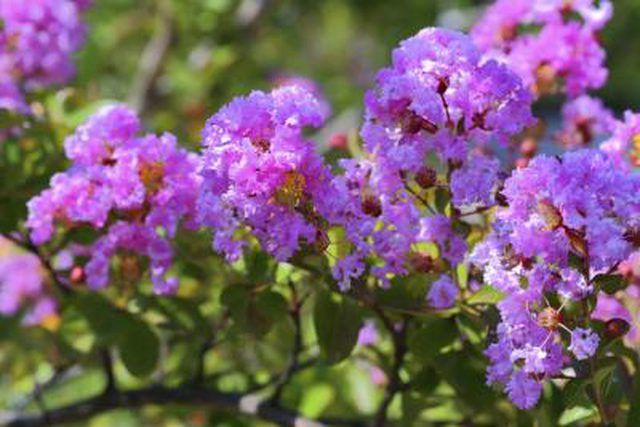Bulbs
Flower Basics
Flower Beds & Specialty Gardens
Flower Garden
Garden Furniture
Garden Gnomes
Garden Seeds
Garden Sheds
Garden Statues
Garden Tools & Supplies
Gardening Basics
Green & Organic
Groundcovers & Vines
Growing Annuals
Growing Basil
Growing Beans
Growing Berries
Growing Blueberries
Growing Cactus
Growing Corn
Growing Cotton
Growing Edibles
Growing Flowers
Growing Garlic
Growing Grapes
Growing Grass
Growing Herbs
Growing Jasmine
Growing Mint
Growing Mushrooms
Orchids
Growing Peanuts
Growing Perennials
Growing Plants
Growing Rosemary
Growing Roses
Growing Strawberries
Growing Sunflowers
Growing Thyme
Growing Tomatoes
Growing Tulips
Growing Vegetables
Herb Basics
Herb Garden
Indoor Growing
Landscaping Basics
Landscaping Patios
Landscaping Plants
Landscaping Shrubs
Landscaping Trees
Landscaping Walks & Pathways
Lawn Basics
Lawn Maintenance
Lawn Mowers
Lawn Ornaments
Lawn Planting
Lawn Tools
Outdoor Growing
Overall Landscape Planning
Pests, Weeds & Problems
Plant Basics
Rock Garden
Rose Garden
Shrubs
Soil
Specialty Gardens
Trees
Vegetable Garden
Yard Maintenance
How to Get Rid of Black Mold on Crepe Myrtles
How to Get Rid of Black Mold on Crepe Myrtles. Festooned in white, pink, orange, red or purple blooms in summer and brilliant leaves in fall, different varieties of crepe myrtles (Lagerstroemia spp.) provide head-turning allure to gardens in United States Department of Agriculture plant hardiness zones 6 through 9. Introduce two small insects to...

Festooned in white, pink, orange, red or purple blooms in summer and brilliant leaves in fall, different varieties of crepe myrtles (Lagerstroemia spp.) provide head-turning allure to gardens in United States Department of Agriculture plant hardiness zones 6 through 9. Introduce two small insects to the mix, though, and sooty mold soon shrouds their beauty in drab black. To rid your crepe myrtles of the mold, first rid them of the pests.
Leaf-Feeding Bugs
Tiny yellow and black crapemyrtle aphids feed only on their namesake plants, attaching themselves to the stems and leaf undersides and draining sap with their sharp, hollow mouthparts. An entirely female generation of these aphids emerges each spring. Over its two-week life span, each one gives birth to as many as 150 live nymphs, and each nymph may begin reproducing within six days. While feeding, the aphids eject vast amounts of sugary liquid waste called honeydew onto the stems and leaves beneath their feeding sites. Airborne sooty mold spores landing on and consuming the honeydew form layers of greasy, black fungus. Sooty mold doesn't penetrate leaf or stem tissue, but it may block enough sunlight to interfere with photosynthesis and weaken the plants.
Bark-Feeding Bugs
Crepe myrtle bark scale insects make their home on the plant's exfoliating white bark, where they conceal themselves beneath protective wax. Grayish-white patches on the bark near pruning wounds or in branch crotches hide colonies of the insects. The scales also reproduce on the shrubs, with each female laying dozens of pink eggs. Like the aphids, crepe myrtle scales drain sap, excrete honeydew and lure sooty mold.
Simple Cleanups
Washing your crepe myrtles with a strong spray of hose water may be enough to dislodge small aphid populations and honeydew. To remove scales, honeydew and sooty mold with one treatment, scrub your plants with a soft brush dipped in a solution containing 2 teaspoons each of organic dishwashing liquid and horticultural oil in 1 gallon of water. Clean the shrubs early in the morning, so they dry quickly with little risk of fungal infection.
Insecticidal Soap
If the size of your crepe myrtle doesn’t limit its coverage, nontoxic, ready-to-use insecticidal soap kills the aphids on contact. Apply it early in the morning or just before dark on a cloudy day when bees and other beneficials aren't active. Spray your crepe myrtles until the soap drips from all their surfaces, and repeat every week to 10 days or as often as the manufacturer suggests. Once you’ve reduced their numbers, let the pest's predators keep them in check.
When Scrubbing Fails
Eliminate scales with a solution of 2 tablespoons, or the label's specified amount, of liquid permethrin concentrate in 1 gallon of water. After they drop their leaves in fall or before they leaf out in spring, cover infested crepe myrtles to runoff on a calm, late afternoon or evening when the temperature is between 50 and 75 degrees Fahrenheit. Repeat at the label's specified intervals while the plants remain bare. Permethrin is deadly to honeybees and scale predators; use it as a last resort and never on blooming crepe myrtles.
Protect Yourself
Always apply insecticides according to their labels' directions. When handling them protect your eyes with safety goggles and wear a long-sleeved shirt, protective gloves, long pants, a respiratory mask, socks, shoes and a hat. After spraying, wash your exposed clothing separately from your other laundry.